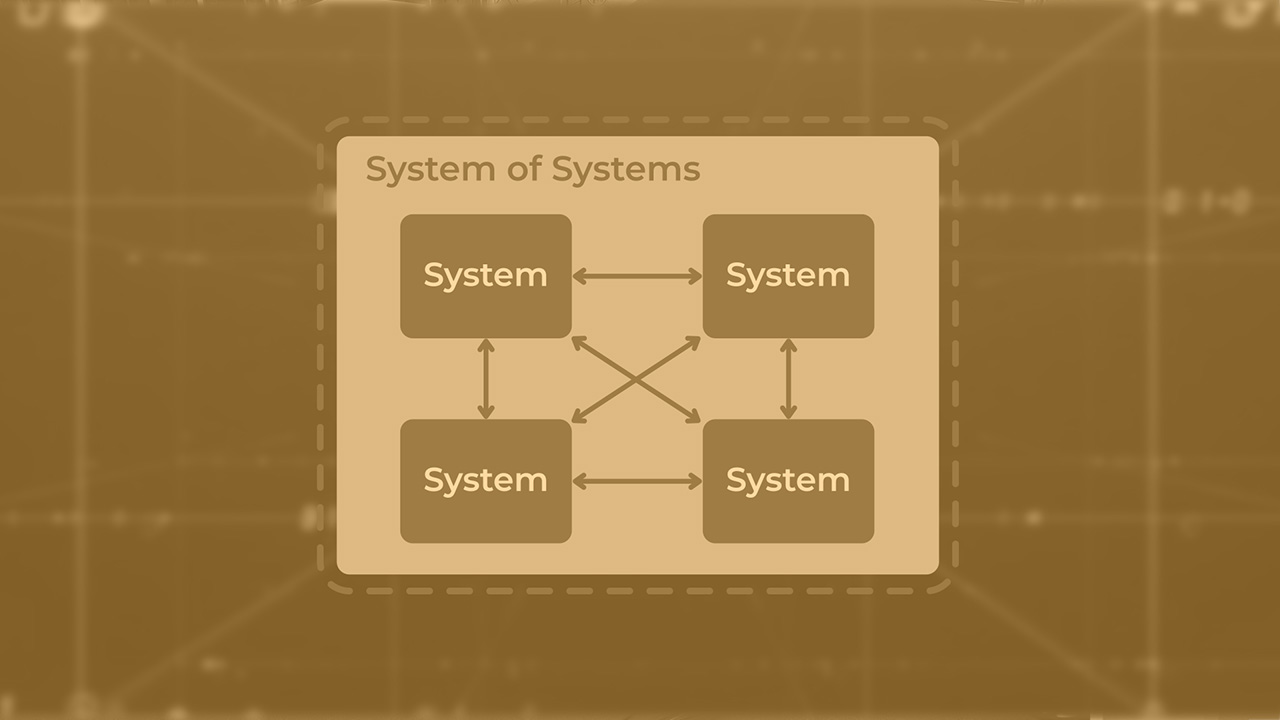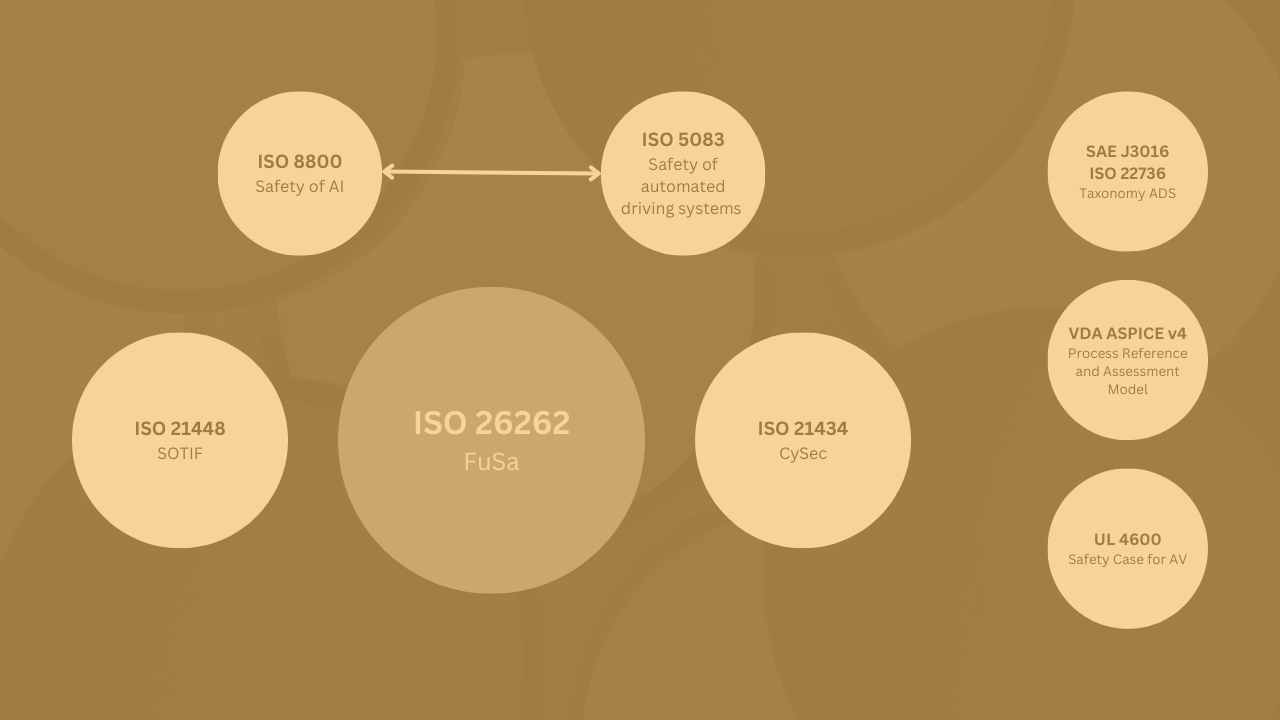Get familiar with the communication backbone and communication interfaces of the modern car.
This course will enable you to implement and verify communication networks in a vehicle, and provide solid basic knowledge about several key communication protocols used in the automotive industry. After successfully attending the course, you will understand the communication mechanisms of computer components in vehicles and write simple programs that run in such environments. The goal of the course is to strengthen the design capabilities of students with regard to correct automotive protocol identification, understanding, and usage. Specific consideration is given to internal vehicle communication infrastructure, including serial wired busses (UART, SPI, I2C), LIN, Ethernet and Deterministic Ethernet, CAN, FlexRay(,) and BroadR Reach. Basic concepts of Car2X, Car2Car, Car2Infrastructure, and Car2Cloud protocols are also given. The course provides practical exercises with real-world automotive industry equipment.
Course topics:
- Overview of automotive networks, busses, and protocols
- Serial wired busses (UART, SPI, I2C)
- LIN description and exercises (communication concepts, physical layer, payload format)
- Basic and advanced concepts of Ethernet, automotive requirements, Deterministic Ethernet
- Fundamentals advanced concepts of CAN-FD
- BroadR Reach overview, applications, signal properties
- FlexRay, routing, conversion CAN to FlexRay
- Protocol coexistence, adaptation, control, and heterogeneity
- Car2X, Car2Car, Car2Infrastructure, and Car2Cloud protocols
- Tools: VECTOR CANoe, CANdb
Requirements
Prerequisite: If you are using a company computer, you must obtain approved access to RealVNC software; otherwise, personal computers are recommended.
Software: RealVNC.
Hardware: Computer with an Internet connection, working speakers, and microphone.
Prior knowledge: Students should understand the basics of modern software development practices (clean code, testing, …) .Ideally, students are familiar with the computer network concepts, such as TCP/IP and ISO/OSI model overall.







